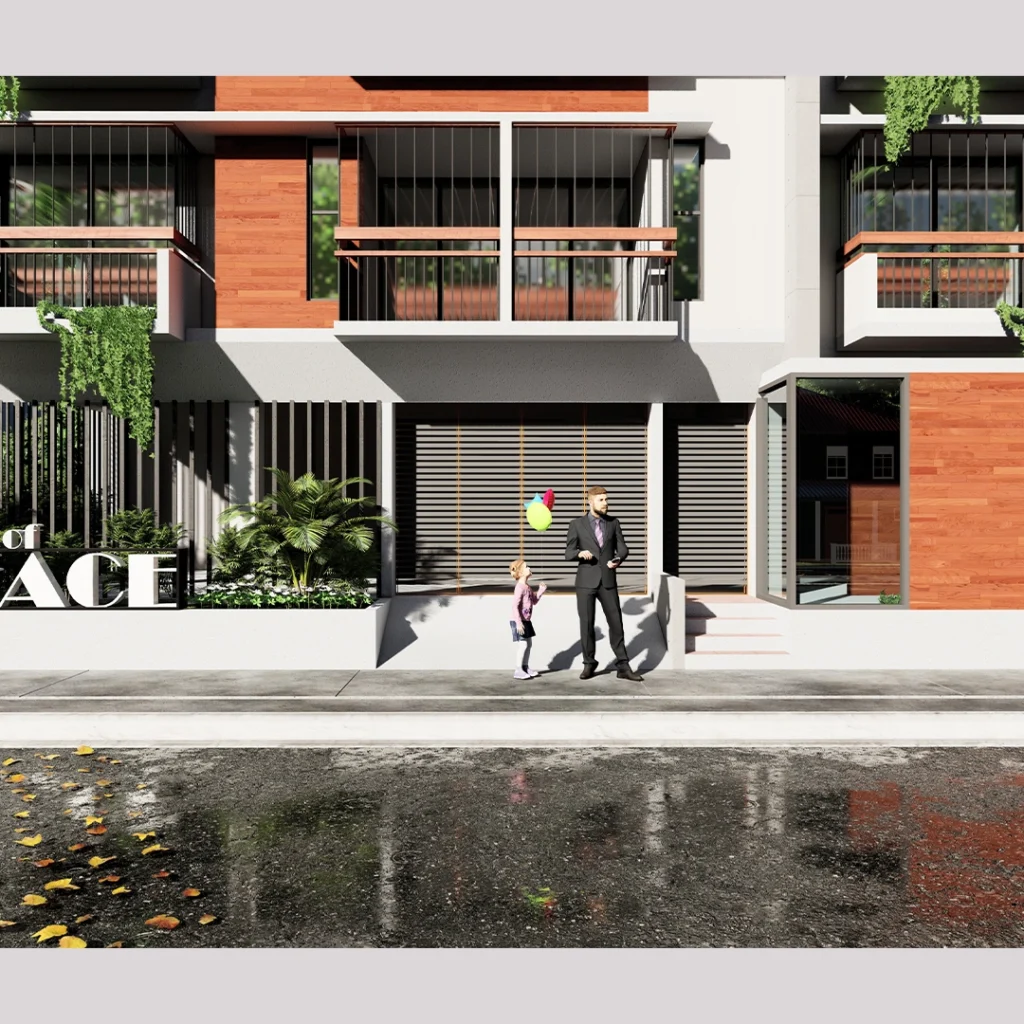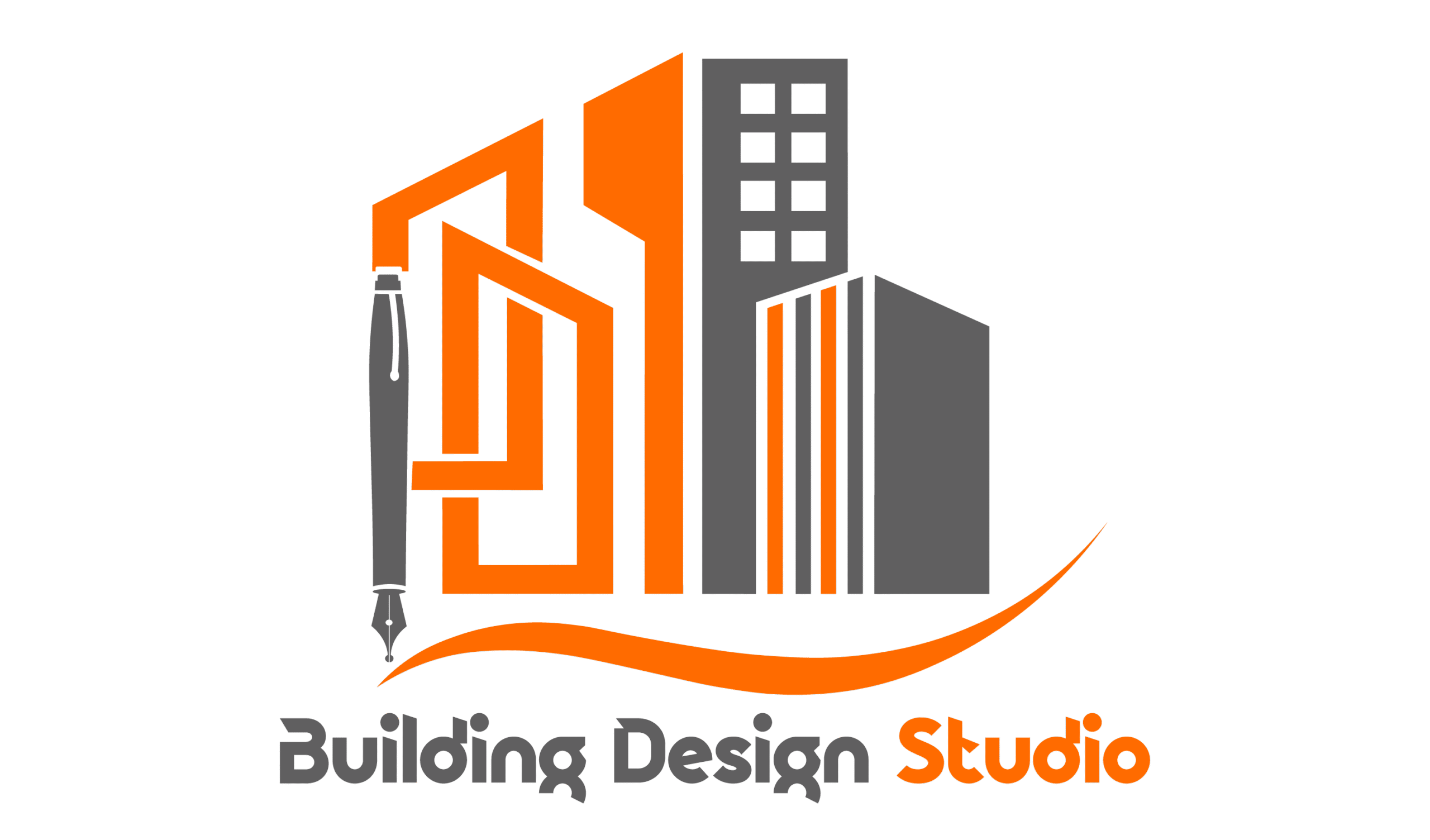Building design is a field bursting with creativity and innovation. It shapes the spaces where we live, work, and play.
Whether you’re an aspiring architect or a homeowner planning a new project, exploring fresh ideas can transform your vision into reality. In this blog post, we dive into the fascinating world of building design. We’ll explore innovative concepts that blend aesthetics with functionality. From sustainable materials to client-centered approaches, these ideas can inspire your next architectural endeavor. Our spotlight is on Next Gen Architect – Luxurious Building Design Studio, a premier studio in Dhaka, Bangladesh. They excel in creating inspiring and practical spaces. Stay with us as we uncover how you can incorporate cutting-edge designs into your projects. Ready to get inspired? Let’s begin!

Introduction To Innovative Building Design Concepts
Modern architecture thrives on innovation. New ideas make buildings more functional and beautiful. Innovation helps architects solve problems. It also improves sustainability. Many new designs use eco-friendly materials. This helps protect our environment. Innovation also means better use of space. Small areas can feel larger and more open. This benefits everyone who uses the building.
Several trends are shaping today’s building designs. Green architecture is very popular. It includes using recycled materials and energy-efficient systems. Smart buildings are also on the rise. These buildings use technology to improve comfort and efficiency. Another trend is minimalist design. This style uses fewer materials but creates more space. Collaborative design is also important. Architects work closely with clients to create perfect spaces.
Sustainable And Eco-friendly Designs
Green building materials are great for the environment. They reduce waste and save natural resources. Using these materials lowers energy costs. They also improve indoor air quality. Examples include bamboo, recycled steel, and reclaimed wood. These materials are durable and long-lasting. They help in creating healthier living spaces. Builders and homeowners benefit from these eco-friendly options.
Energy-efficient techniques save money and energy. Insulation is key in keeping buildings warm or cool. Double-glazed windows reduce heat loss. LED lighting consumes less power than traditional bulbs. Solar panels can generate electricity. Smart thermostats control heating and cooling efficiently. These techniques cut down on energy bills. They also reduce the carbon footprint of buildings.
Renewable energy sources are vital for sustainability. Solar panels convert sunlight into electricity. Wind turbines use wind to generate power. Geothermal systems tap into the earth’s heat. These solutions are clean and renewable. They reduce reliance on fossil fuels. Incorporating them in building design is smart and eco-friendly. They provide long-term energy savings and environmental benefits.
Smart Buildings And Technology Integration
IoT connects devices in buildings. Sensors and smart systems work together. They optimize energy use and improve comfort. IoT enhances monitoring of building systems. This reduces maintenance costs. Data from IoT devices helps in better decision-making.
Smart home automation makes life easier. It allows control of lights, heating, and security remotely. Automated systems save energy. They increase home efficiency. Smart homes can adjust settings automatically. This improves comfort and safety.
Modern security systems use technology to keep buildings safe. Cameras and sensors detect intruders. Alarms alert owners and authorities. Smart locks provide access control. These systems can be monitored from anywhere. They offer peace of mind.
Flexible And Adaptive Spaces
Flexible and adaptive spaces in building design create versatile environments. These designs easily accommodate changing needs. Perfect for modern lifestyles and workspaces.
Designing Multi-functional Spaces
Multi-functional spaces are designed to be used in many ways. These spaces can adapt to different needs. For example, a living room can also be a study room. This makes homes and offices more useful. Designers use clever ideas to create these spaces. They think about how a space can change over time. This helps people use the same area for different purposes.
The Concept Of Adaptable Architecture
Adaptable architecture allows buildings to change with time. This makes buildings more useful. For instance, walls can move to make rooms bigger or smaller. This helps people use spaces in new ways. Adaptable buildings are also better for the environment. They can change without needing new materials. This saves resources and energy.
Creating Versatile And Reconfigurable Areas
Versatile areas can change quickly. This helps people use spaces in different ways. For example, a hall can become a gym or a meeting room. This is done by using movable furniture and walls. Reconfigurable areas are great for small spaces. They make the most out of the available space. This helps in creating efficient and practical designs.
For more information, visit Next Gen Architect.
Biophilic Design Principles
Biophilic design connects buildings with nature. This approach brings the outdoors inside. It uses natural light, plants, and water features. These elements create a calming environment. People feel more relaxed and happy. Natural materials like wood and stone are used. This makes spaces feel warm and inviting.
Biophilic design improves health. It reduces stress and anxiety. Natural elements boost mood and focus. Sunlight helps regulate sleep patterns. Fresh air improves indoor air quality. Plants can purify the air. These benefits lead to better well-being. People in biophilic spaces feel more energized.
Many buildings use biophilic design well. The Apple Park in California is a great example. It has large green spaces and natural light. The Bosco Vertical in Milan features vertical forests. It has over 900 trees on its balconies. The Singapore Changi Airport also stands out. It includes gardens and a large waterfall.
Minimalist And Aesthetic Approaches
Minimalist design is very popular now. This style uses simple lines and open spaces. Less is more is the main idea. It focuses on functionality and clean looks. People love it because it feels calm and elegant. Homes and buildings look modern and stylish. The trend is growing every year.
Balancing aesthetics and functionality is key. Buildings need to look good and work well. Aesthetic appeal draws attention. Functionality makes spaces useful. Both elements should work together. This balance creates beautiful and practical spaces. Designers use smart ideas to achieve this balance.
Many buildings show great minimalist design. These case studies highlight successful projects. Each one blends form and function perfectly. They use simple materials and clear lines. The results are elegant and efficient. These examples inspire new designs. They show how to create beautiful and useful spaces.
Innovations In Structural Engineering
Discover new ideas in building design through innovations in structural engineering. Explore creative solutions enhancing safety, sustainability, and efficiency.
Advanced Construction Materials
New construction materials are changing how we build. Smart concrete can repair itself. Aerogel insulation keeps buildings warm with less material. Graphene is very strong but very light. These materials help create safer, more efficient buildings.
Cutting-edge Building Techniques
3D printing is now used in construction. It can build houses quickly. Modular construction allows building parts to be made off-site. They are then put together on-site. Robotics are also used. They make tasks like bricklaying faster and safer.
The Impact Of New Engineering Methods
New methods improve building safety. They make construction faster and more efficient. Sustainable engineering reduces waste. It uses eco-friendly materials. Buildings are now smarter and greener. They also meet modern needs better.
Urban Planning And Community-centric Design
Community spaces bring people together. These areas foster social interaction. Parks, plazas, and playgrounds create a sense of belonging. Everyone can benefit from well-designed public spaces. They promote health and well-being. People feel safer and happier. Community spaces improve the quality of life.
Design influences how people connect. Open spaces encourage gatherings. Seating areas invite conversations. Walkable paths make it easy to meet others. Shared spaces help build relationships. Social interaction is crucial for a strong community. Thoughtful design can make a big difference.
Sustainability is key in urban planning. Green spaces reduce pollution. Renewable energy sources save resources. Eco-friendly materials are better for the environment. Efficient waste management is important. Sustainable practices ensure a healthier future. Urban planning must focus on long-term benefits.
For more ideas in building design, visit Next Gen Architect.
Economic Considerations In Modern Building Design
Choosing cost-effective building solutions can save money and resources. Use locally sourced materials to reduce transportation costs. Opt for energy-efficient systems to lower utility bills. Modular designs can be another affordable option. These solutions help you stay within budget without sacrificing quality.
Balancing budget with innovation is key. Innovative designs don’t have to be expensive. Use smart technologies to optimize space and function. Implement creative yet affordable design elements. This balance ensures both beauty and function while keeping costs low.
Modern designs offer long-term economic benefits. Energy-efficient buildings reduce long-term costs. Sustainable materials last longer and need less maintenance. Flexible designs allow easy future modifications. These benefits make modern designs a smart investment.
Conclusion And Future Outlook
Building design ideas continually evolve, integrating sustainability and technology. Future outlooks indicate a focus on eco-friendly materials and smart solutions.
Summarizing Key Innovative Concepts
Innovative concepts in building design are changing our world. Sustainability is a key focus. Eco-friendly materials and practices help our planet. Collaborative approaches ensure client satisfaction. Designs become more functional and inspiring.
Future Trends In Building Design
Future trends show a move towards green architecture. Smart technologies will be more integrated. Buildings will become more energy-efficient. Flexible spaces will cater to diverse needs. Virtual reality can aid in designing better structures.
Encouraging Innovation In Architecture
Encouraging innovation is crucial for progress. Support creative thinking in every project. Client collaboration is important. Use new technologies and materials. Always aim for sustainable solutions. Innovation leads to better, more exciting designs.
Frequently Asked Questions
What Are Sustainable Building Design Ideas?
Sustainable building design ideas include using energy-efficient materials, incorporating natural light, and utilizing renewable energy sources. These practices reduce environmental impact and improve energy efficiency.
How To Improve Building Energy Efficiency?
Improve building energy efficiency by using insulation, energy-efficient windows, and HVAC systems. Implementing smart technology can optimize energy use and reduce waste.
What Is The Role Of Natural Light In Building Design?
Natural light enhances the aesthetic appeal of buildings, reduces energy consumption, and improves occupants’ well-being. Strategic window placement maximizes natural light.
Why Is Open Floor Plan Popular In Modern Design?
Open floor plans create a sense of spaciousness and flexibility. They promote social interaction and allow for versatile use of space.
Conclusion
Explore the endless possibilities in building design. Creativity meets functionality at Next Gen Architect. Whether you need innovative designs or eco-friendly solutions, we have it all. Our team collaborates closely with clients to ensure satisfaction. Ready to transform your space? Visit our studio at Next Gen Architect. Discover how we blend creativity with practical needs. Make your dream space a reality today.
